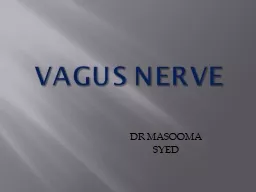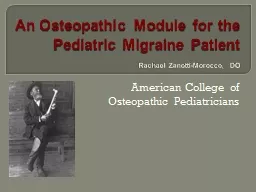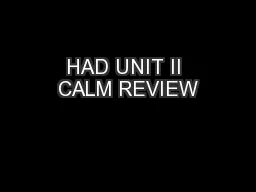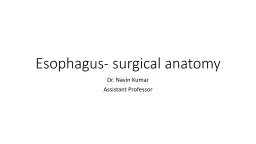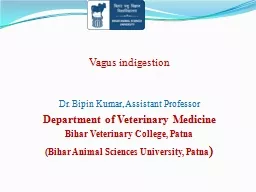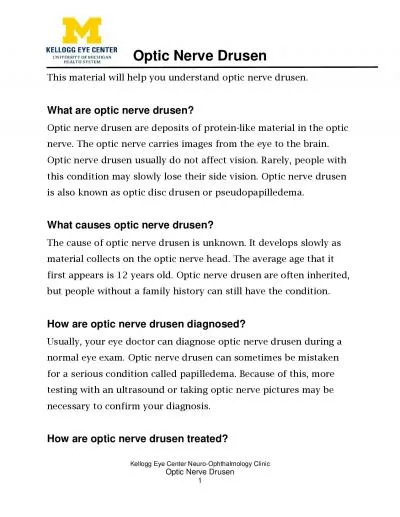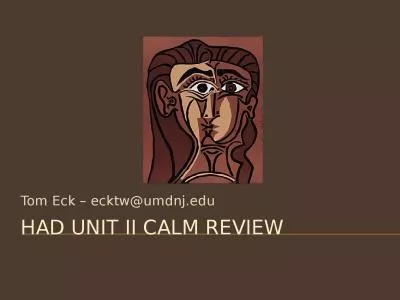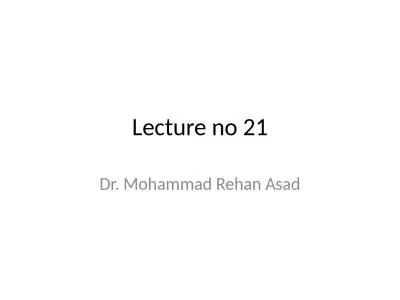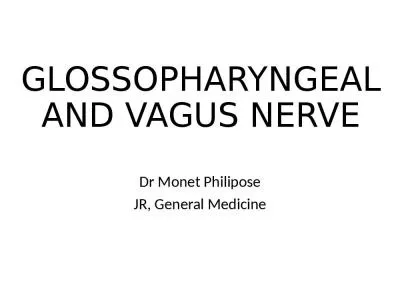PPT-Vagus nerve DR MASOOMA SYED
Author : violet | Published Date : 2022-06-15
Vagus nerve M ixed nerve l ongest and most widely distributed cranial nerve It is so called because of its extensive vague course and distribution It conveys
Presentation Embed Code
Download Presentation
Download Presentation The PPT/PDF document "Vagus nerve DR MASOOMA SYED" is the property of its rightful owner. Permission is granted to download and print the materials on this website for personal, non-commercial use only, and to display it on your personal computer provided you do not modify the materials and that you retain all copyright notices contained in the materials. By downloading content from our website, you accept the terms of this agreement.
Vagus nerve DR MASOOMA SYED: Transcript
Download Rules Of Document
"Vagus nerve DR MASOOMA SYED"The content belongs to its owner. You may download and print it for personal use, without modification, and keep all copyright notices. By downloading, you agree to these terms.
Related Documents

